In the United States, there are a lot of opportunities to hunt cow elk. Because cow elk are more abundant than bull elk they are often easier to find, and hunter success rates are usually higher.
That doesn’t mean hunting cow elk is easy. Elk are masters at disappearing in the nooks and crannies of big landscapes, especially when there’s a lot of hunting pressure. The good news is that if you learn a little bit about elk habitat and elk behavior and are willing to put in some miles you can find elk even when they seem to disappear.
Over my last 10 years of elk hunting, I’ve found that the five most important tips to help you find cow elk are:
- Locate the best habitat
- Cover lots of ground
- Use elk calls
- Spend some time in thick cover
- Get away from roads
Following these five tips will help you locate elk in any place you hunt.
1. Find the Right Habitat
Finding elk is all about finding habitat. Elk habitat is composed of three things: food, water, and shelter. You need to find areas where food, water, and shelter exist near each other to find where the elk are hanging out.
Water Sources
Water is often a limiting factor for elk habitat, especially in late summer and autumn when most hunting seasons occur. Elk need to drink water every day (see this article for more about elk water requirements) so if there is no water in an area there will not be elk in that area.
In most areas water is plentiful in the winter and spring (elk will eat snow to get water), but water can be a limiting factor for elk habitat during the late summer and autumn. Before getting to your hunting location, identify potential water sources. If you are not seeing elk in the area you are hunting start searching for water. If the streams, ponds, and springs are dry then move to another area where there is water.
Remember that not all water sources will be accurately mapped. If you find a reliable, unmarked water source be sure to mark where it is so that you can come back.
On my most recent elk hunt, water was the key to finding the elk. I’d scouted several good-looking areas on maps, but when I started hunting these areas I didn’t see a single elk in my first two days of hunting. I noticed that the water sources in these areas were all dry. So I moved to an area I thought would have more reliable water. That night I found a herd of elk and was in elk the rest of the hunt.
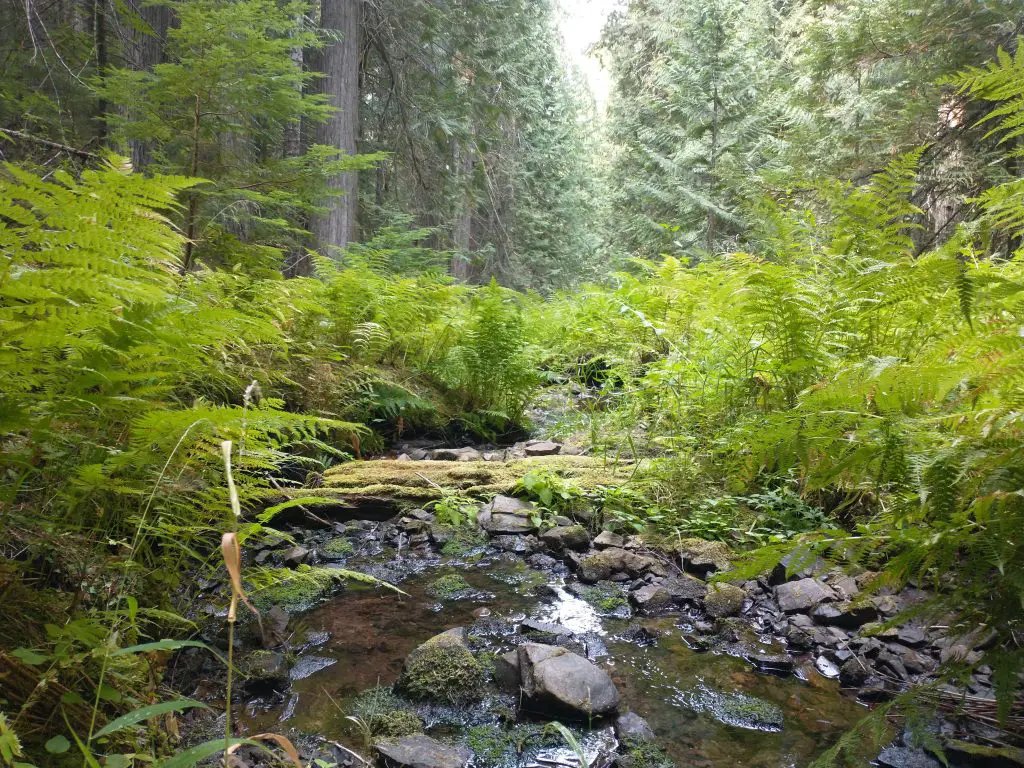
Cow Elk Food Sources
Cow elk are always looking for the best food sources. Once they reach maturity, most cow elk will either be pregnant or nursing a calf for a good portion of their lives. That means they need to get enough calories to support themselves and a calf (either live or unborn) through most of the year. So you can bet they’re going to be experts at finding the best food sources.
Food sources used by cow elk change seasonally. In the spring, elk will seek out the freshest green grass that has started to sprout. You’ll often find elk following this greenline as the snow recedes and the grasses begin to grow.
As grasses start to dry out in the late summer and fall the best forage will often be found near water sources. This could be next to streams, springs, or ponds or in shaded areas and aspen stands where there is high soil moisture.
Later in the fall and into the winter, elk will shift from foraging on grasses and forbs to eating shrubs like bitterbrush, mountain mahogany, and willow. Shrubs are less palatable for elk, but are easily accessible above the snow and have live shoots and leaves that can be eaten year-round.
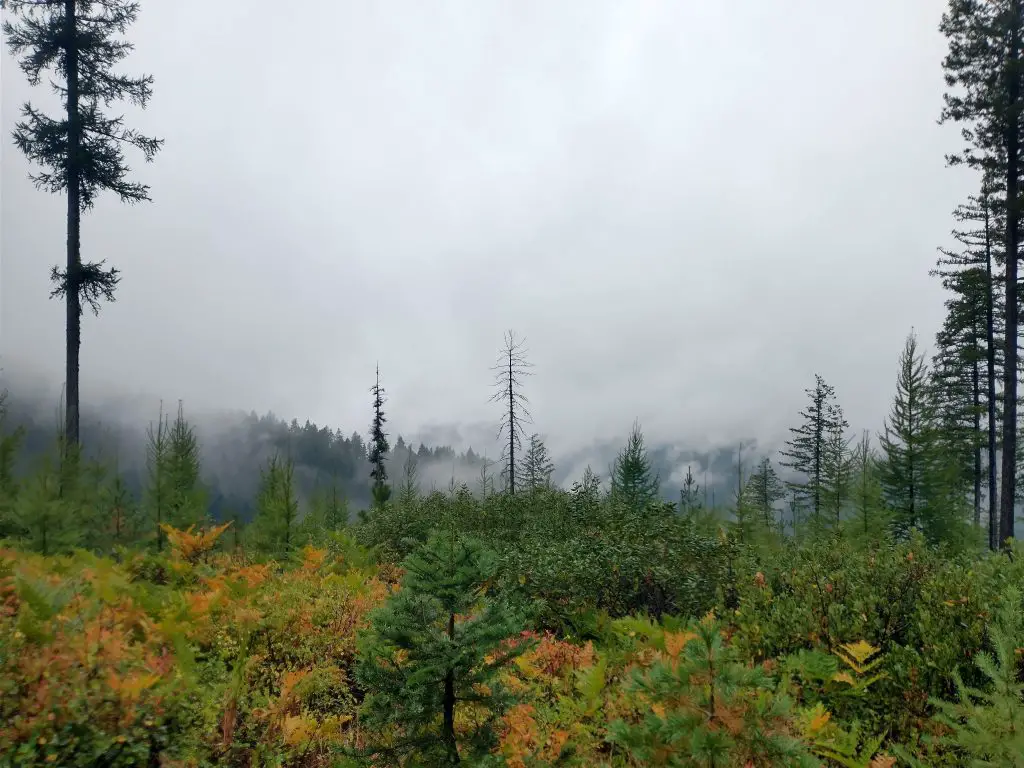
Shelter and Bedding Locations
Finally, elk need a place to escape predation (or hunting pressure) and the elements. In summer and autumn, elk will often seek out forested, north-facing slopes where they will bed for most of the day. These slopes are cooler and are often more likely to have reliable water sources. The forest cover also makes it more difficult for elk to be spotted and hunted.
In winter months you may be more likely to find elk on south-facing slopes where there is more constant sunlight and they can warm themselves and have an easier time accessing food through the shallower snow.
Shelter can also be found in steep and hard-to-access areas. If hunting pressure is a large threat to elk, they will naturally get pushed to places that aren’t easy to get to or navigate.
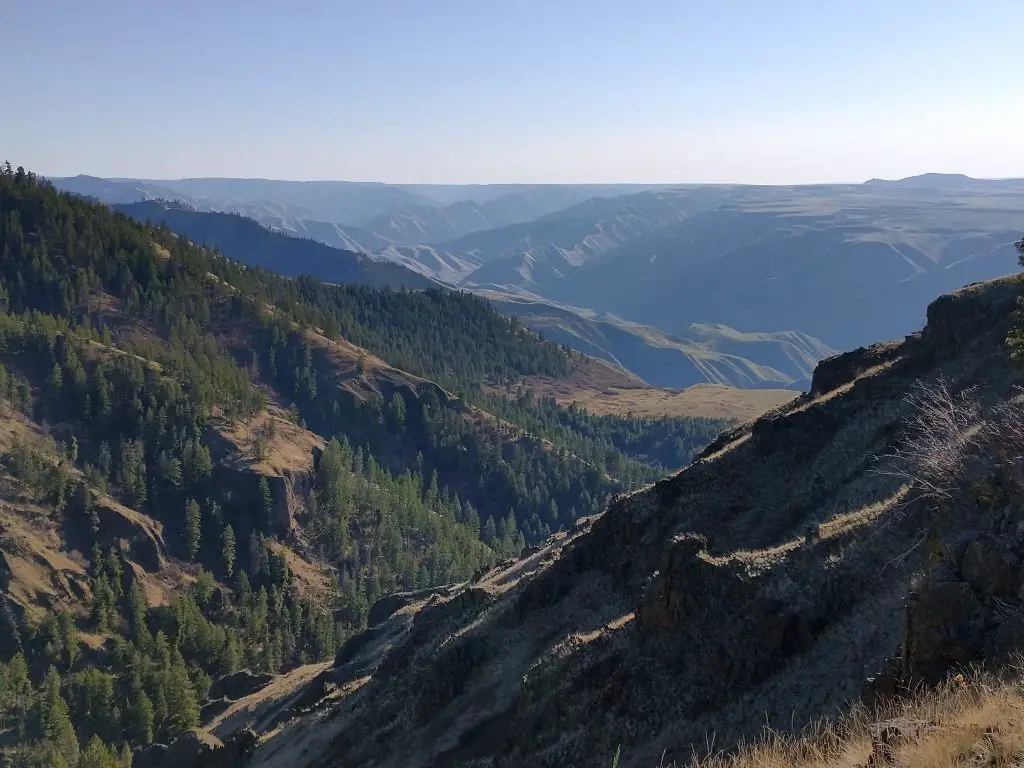
2. Cover Lots of Ground
You’ll find there are many areas that meet the habitat requirements for elk. It is unlikely that elk will be using all those areas at the same time. Be ready to move from one area to another if you don’t see fresh sign.
I like to start at the edges of a location and glass likely feeding areas in the morning or evening. If I don’t see any elk, I’ll start moving through the feeding areas looking for scat and tracks. If I don’t find any fresh scat or tracks I’ll slowly move into likely bedding areas.
You’ll know if elk are using a bedding area. There will be obvious trails with freshly turned dirt and elk tracks. You’ll see fresh scat and flat spots where elk have dug their beds out. If you don’t see any of these signs, you’re best off to go check another area on your list.
Keep doing this until you find the area the elk are in. You’ll know when you find the area elk are using. You’ll see fresh scat in the feeding areas and obvious trails and beds in the bedding areas.
3. Use Cow Calls and Calf Calls
I’ve called in several cow elk. Calling in a cow isn’t the same as calling in a bull. Usually, the cows come in quietly. Often they don’t come directly to the all but just slightly change their course of travel (or feeding) to align with the call’s direction.
In the morning, I like to move along the transition from feeding to bedding areas, calling every couple of minutes. Doing this, I’ve had several cow elk feed right towards me and into shooting range.
Calling also makes me less worried about the noise I make while walking. Elk are big animals and they make a lot of noise when they’re walking or feeding. It seems that giving a cow or calf call every so often puts the elk at ease and they think the sounds of sticks breaking and brush rubbing are coming from another elk, not a hunter.
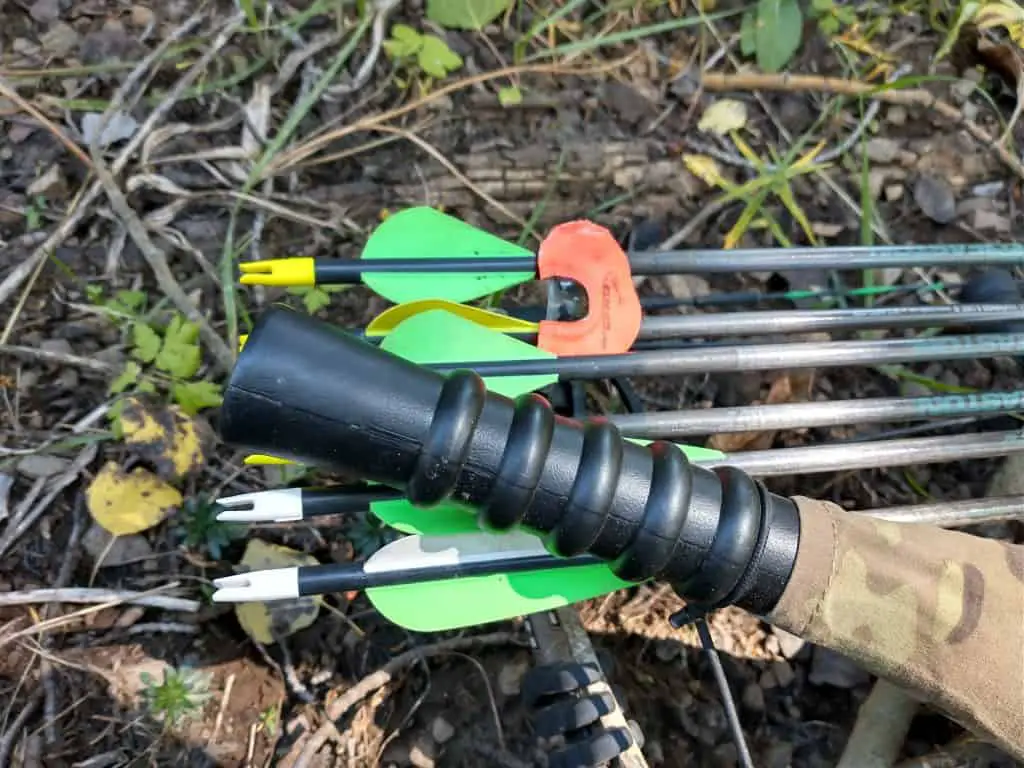
4. Get Into the Thick Stuff
Timber and brush can be intimidating and difficult to hunt but don’t be afraid to get in there if that’s where the elk are hanging out. If you’re not able to find elk with your optics, consider trying to get in close in the thicker habitat.
This is where calling will help you out. Don’t worry about the noise you make as you move around. Keep your eyes open and use your binoculars. You’ll find it’s much easier to get in shooting range of elk in thick habitat than you might expect. You just need to remain watchful so you can see the elk before they see you!
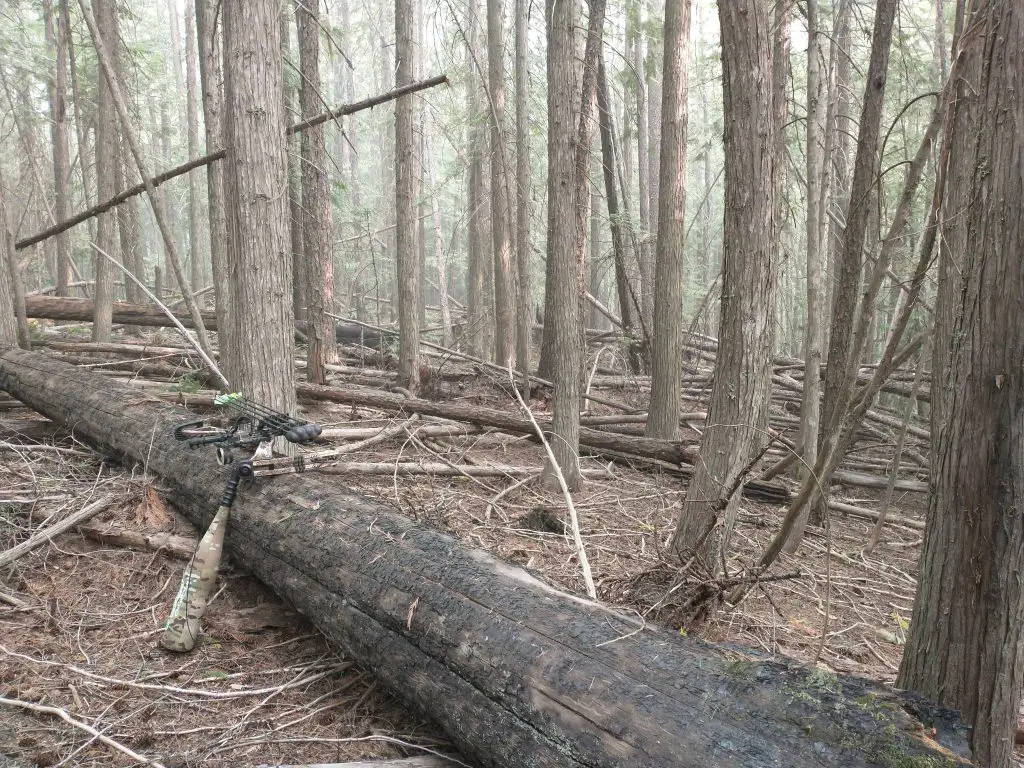
5. Get Away from Roads
Most hunters won’t venture far from roads. That means that a couple of hours after the hunt starts, most elk won’t be near roads. Your best bet for consistently finding elk is locating quality habitat that takes a little effort to get to. Those will be the areas elk feel most secure and will be the places they go when hunting pressure pushes them away from well-traveled roads and trails.
Most places where I consistently find cow elk are half a mile or a mile away from roads or trails.
A Final Thought
This information will help you locate cow elk during most seasons and in most locations. However, the best way to consistently find elk is to get in the field yourself and apply the things you learn from reading articles and watching videos.
As you apply what you’re learning you will gain experience and have a better understanding of what is being taught. You will also learn nuances of elk behavior and habitat preferences that apply to the specific areas you hunt. Get out there and spend some time looking around. If you put in enough effort you will find the elk!

